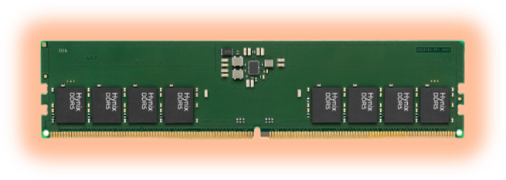The CHIPS and Science Act: An Update of the First Eighteen Months

In August of 2022, the United States government signed the CHIPS and Science Act into law, aiming to bolster domestic semiconductor manufacturing and innovation through a $53 billion investment. On February 9, a new phase was launched with the announcement of a $5 billion investment in R&D programs to support the goals of the CHIPS Act, including growing the domestic semiconductor workforce, building the National Semiconductor Technology Center (NSTC), and establishing the CHIPS Manufacturing USA Institute. In this blog post, we will dive deeper into what has happened in the eighteen months since the signing and how the different implementation phases are unfolding. What are the accomplishments and challenges of this landmark legislation so far for the semiconductor industry?
A slow start
In order to bring semiconductor production back to the US, a large part of the CHIPS and Science Act budget is allocated to convince semiconductor companies to build new fabs on US soil. The industry answered the call enthusiastically. Since its first introduction in 2020, over 70 projects totaling more than $230 billion were announced, according to the Semiconductor Industry Association. However, up till now, most projects haven’t gone far past the point of commitment. For example, the $40 billion TSMC fab in Arizona and Intel’s $20 billion expansion in Ohio have been delayed due to protracted negotiations for CHIPS Act funding, workforce shortages, and changing market conditions. In February, the Biden administration pledged $1.5 billion in grants to GlobalFoundries signing a non-binding preliminary memorandum of terms (PMT). Approving and allocating funding has shown to be more challenging and time-consuming than expected. With 140 new staff members working for the Department of Commerce to evaluate CHIPS Act-related applications, the Administration aims to finalize the process soon, stressing they believe it is more important to do it right than fast. Once these administrative hurdles are taken, one can expect to see more action in the field.
Across borders
The pandemic illustrated a clear need for more resilience and independence in the chip supply chain. The United States is not the only region that noticed this and resorted to legislation to actively invest in their domestic semiconductor industry as a consequence. Europe, Japan, and recently India launched their own funding and plans to create chipmaking ecosystems in their respective territories. Even though the US strives to establish itself as the semiconductor industry leader again, the importance of international strategy and partnerships has become clear over the past eighteen months. The US State Department received $500 million in CHIPS Act money to fund expansions of chipmaking facilities in seven countries, including the Philippines, Indonesia, and Vietnam. In January of this year, the US and EU met to align their incentives in order to avoid a subsidy race that could potentially harm the semiconductor industry and the consumer more at the end of the road than it would benefit them.
On the path to success
In the first eighteen months, the CHIPS and Science Act slowly eased into realizing its goals to advance semiconductor R&D, promote domestic manufacturing, and foster collaboration within the industry as well as internationally. The initial enthusiasm remained. However, some challenges have surfaced in the meantime. Delays in the implementation of the Act are in correspondence with some of the anticipated hurdles. For example, workforce and skills shortages were expected and included in the CHIPS Act strategy, yet they are already showing to be bottlenecks to roll out projects. Moving forward, sustained investment, strategic partnerships, and a concerted effort to address these challenges will be essential in driving innovation and sustained growth in the semiconductor industry, and, thus, ultimately will determine the success of the CHIPS and Science Act. While the Act holds promise for improving the supply chain, its full impact may take years to materialize. The significance of developing a robust procurement strategy, particularly for semiconductor components in long-life applications, cannot be overstated.
SMARTsemi is your supply chain partner for DRAM components, eMMC solutions, and SD/microSD Flash Memory Cards for long-life applications. With 20+ years of industry experience, we understand your challenges and have aligned our priorities with yours to simplify your memory chip supply chain for the long run. We know what you need before you need it. Get a jump start and request a sample today.







